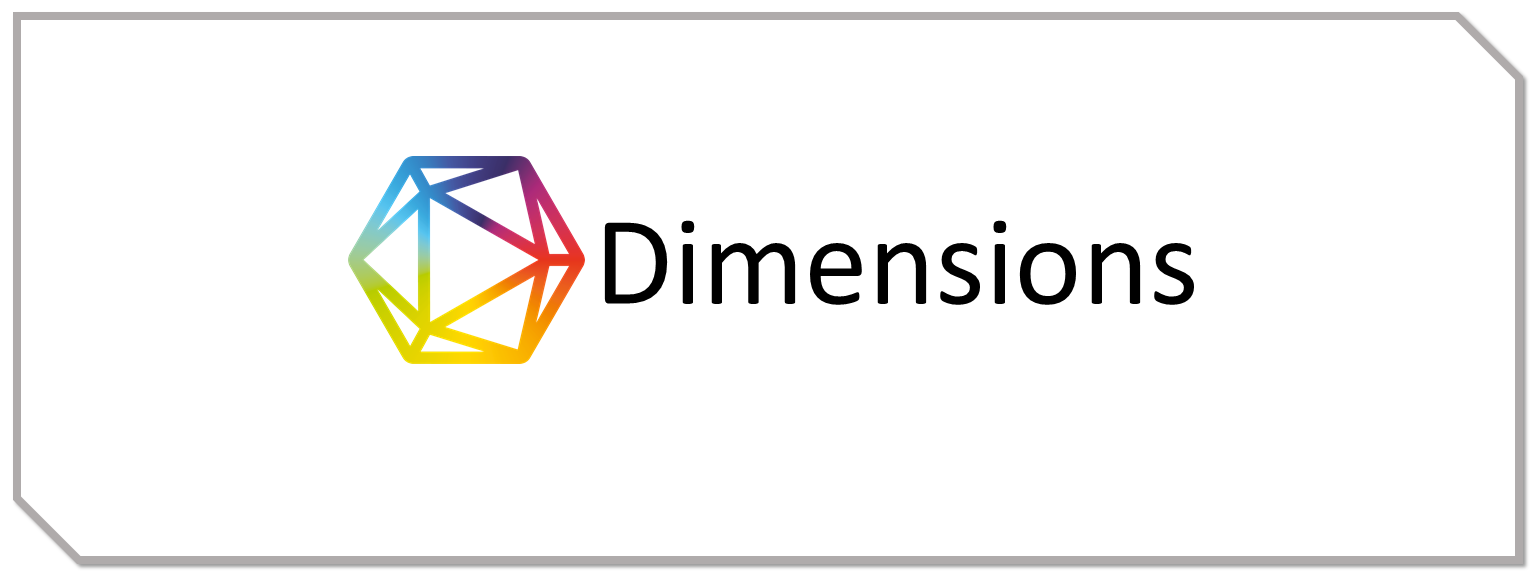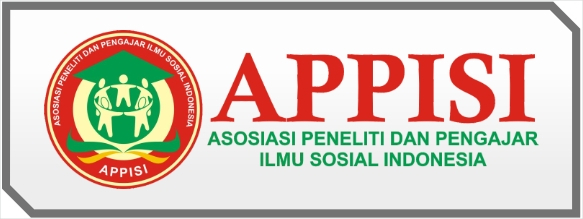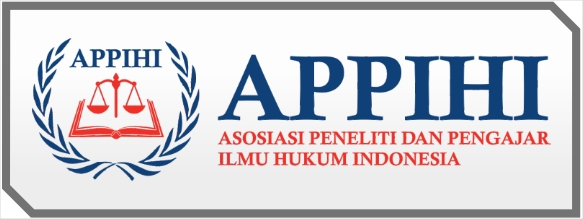Implementasi “The Flash” New Character Building Dalam Upaya Meningkatkan Revolusi Mental Karyawan PT. Swabina Gatra
DOI:
https://doi.org/10.59581/jipsoshum-widyakarya.v2i2.2916Keywords:
Training, Character Building, Mental RevolutionAbstract
In the current global era, character building is needed in all fields, especially in companies that want their human resources to be better at work. "The Flash" New Character Building is a form of training for PT Swabina Gatra in creating employees who are competent and have active, flexible, intelligent and humble personalities. The method used in this research is descriptive qualitative, by interviewing trainees and training participants directly and making observations during the activity. The new findings that occurred when this training was carried out were changes in the participants' mentality to become more agile and adaptive to the surrounding environment, the presence of stimulus and The response from the trainer makes the participants have higher motivation and enthusiasm. Regular training programs are carried out with the aim of being a refreshing activity for employees. The implications of The Flash New Character Building training have positive implications in improving personal quality, performance and interpersonal relationships of individuals, as well as forming a good organizational culture
References
Anjani, A. I., & Saepudin, A. (2023). Evaluasi Model CIPP Pada Pelatihan Character Building on Boarding Program New Here Bank BJB. HAPPENMASI: Jurnal Pendidikan Masyarakat, 1(1), 44-55.
Apriliana, S. D., & Nawangsari, E. R. (2021, October). Pelatihan dan pengembangan sumber daya manusia (sdm) berbasis kompetensi. In FORUM EKONOMI: Jurnal Ekonomi, Manajemen dan Akuntansi (Vol. 23, No. 4, pp. 804-812).
Cahya, A. D., Rahmadani, D. A., Wijiningrum, A., & Swasti, F. F. (2021). Analisis pelatihan dan pengembangan sumber daya manusia. YUME: Journal of Management, 4(2).
Cervone, D., & Pervin, L. A. (2019). Personality: Theory and Research. Singapore: John Wiley & Sons, Inc.
Bariqi, M. D. (2018). Pelatihan dan pengembangan sumber daya manusia. Jurnal studi manajemen dan bisnis, 5(2), 64-69.
Fahreza, A. (2019). Implementasi Program Pelatihan Character Building Sebagai Upaya Revolusi Mental Karyawan Di PT. Varia Usaha Beton. Prosiding FRIMA (Festival Riset Ilmiah Manajemen dan Akuntansi), (2), 394-401.
Harahap, N. (2020). Penelitian kualitatif.
Miles, M. B., & Huberman, A. M. (1994). Qualitative data analysis: An expanded sourcebook. sage.
Ningrum, W., Sunuharyo, B. S., & Hakam, M. S. O. (2023). Pengaruh pendidikan dan pelatihan terhadap kinerja karyawan. Jurnal Administrasi Bisnis, 6(2).
Nurhalim, A. D., & Puspita, S. (2021). Pentingnya analisis kebutuhan pelatihan untuk pengembangan sumber daya manusia dalam organisasi. Jurnal Ilmu Komputer dan Bisnis, 12(2a), 104-110.
Nurhayati, A., & Atmaja, H. E. (2021). Efektifitas program pelatihan dan pengembangan terhadap kinerja karyawan. Kinerja: Jurnal Ekonomi dan Manajemen, 18(1), 24-30.
Safitri, D. E. (2019). Pengaruh pelatihan terhadap kinerja karyawan. Jurnal Dimensi, 8(2), 240-248.
Sakti, D. P. B., Simamora, R. B., Karim, A., Nurmayanti, S., Alhamidi, E. M. A., Abidin, N., ... & Sinaga, T. M. (2023). Manajemen sumber daya manusia. CV. Intelektual Manifes Media.
Sasongko, S. R. (2022). Determinasi Kinerja Karyawan: Kompensasi, Pelatihan Dan Pengembangan (Suatu Kajian Studi Manajemen Sumberdaya Manusia). Jurnal Ilmu Manajemen Terapan, 3(6), 635-645.
Suratman, S., & Eriyanti, E. (2020, May). Peningkatan sumber daya manusia melalui pelatihan. In Prosiding Seminar Nasional Program Pascasarjana Universitas PGRI Palembang.
Setiawan, R., & Gestanti, L. (2022). CEO characteristics, firm policy, and firm performance. International Journal of Business and Society, 23(1), 371-389.
Sugiyono. (2020). Metode Penelitian Kualitatif. Bandung: Alfabeta
Seo, E. J., Park, J. W., & Choi, Y. J. (2020). The effect of social media usage characteristics on e-WOM, trust, and brand equity: Focusing on users of airline social media. Sustainability, 12(4), 1691.
Tannenbaum, S. I., Beard, R. L., McNall, L. A., & Salas, E. (2019). Informal learning and development in organizations. In Learning, training, and development in organizations (pp. 303-331). Routledge.
Tunggul, P. (2021). Pelatihan dan Pengembangan Sumber Daya Manusia.
Yunesa, V., & Khaidir, A. (2019, January). Factors Influencing Students’ Discipline Character Building. In 1st International Conference on Innovation in Education (ICoIE 2018) (pp. 271-275). Atlantis Press.
Downloads
Published
How to Cite
Issue
Section
License
Copyright (c) 2024 Jurnal Insan Pendidikan dan Sosial Humaniora

This work is licensed under a Creative Commons Attribution-ShareAlike 4.0 International License.

















